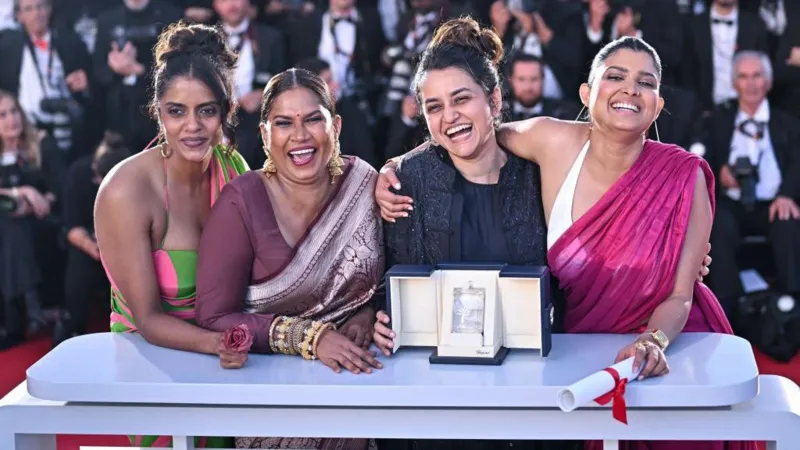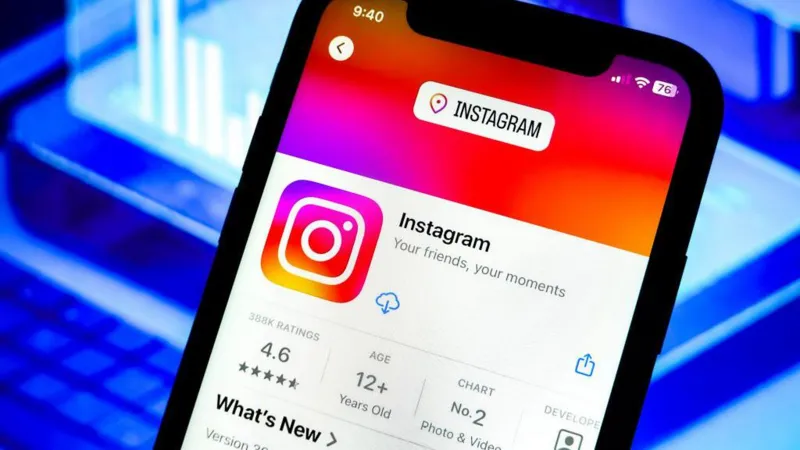Indian cinema has always been a vibrant and multifaceted cultural expression, but for decades, Bollywood dominated global perceptions of it. Known for its song-and-dance routines, larger-than-life stars, and melodramatic storytelling, Bollywood set the tone for how international audiences engaged with Indian films. However, in 2024, a remarkable shift occurred. It wasn’t the glitz of Bollywood that captured the attention of the world; it was the emergence of feminist narratives and socially conscious storytelling across Indian cinema that drew global audiences in like never before.
This cultural transformation was not an overnight phenomenon. Over the years, independent filmmakers, regional cinema creators, and even some Bollywood stalwarts had begun weaving stories that questioned societal norms, celebrated women’s agency, and amplified marginalized voices. By 2024, this movement had gained critical mass, making feminism not just a theme but a driving force in Indian cinema’s global resurgence.
A Changing Narrative Landscape
The portrayal of women in Indian films has undergone a seismic shift. For decades, female characters in mainstream cinema were often relegated to roles that supported the male protagonist’s journey—love interests, sacrificial mothers, or idealized homemakers. However, feminist filmmakers have disrupted this status quo by creating complex, multidimensional female characters whose lives and struggles take center stage.
Movies like Darlings and Sheer Qorma laid the foundation for this change in earlier years, but 2024 witnessed an explosion of films that tackled topics ranging from gender-based violence and workplace discrimination to LGBTQ+ rights and reproductive autonomy. Regional cinema played a pivotal role in this revolution. Tamil, Malayalam, Marathi, and Bengali films broke free from patriarchal narratives to showcase bold and unflinching stories about women’s resilience and individuality.
The Role of Independent Filmmakers
Independent filmmakers spearheaded this feminist wave, unburdened by the commercial pressures that often constrain Bollywood. They found success in telling raw, authentic stories that resonated universally. These directors and writers collaborated with talented actors, often giving newcomers and underrepresented voices a platform to shine.
For instance, films like The Silent Echo—a gripping drama about a woman’s fight against generational misogyny—earned critical acclaim at international film festivals. Its powerful storytelling and nuanced performances not only struck a chord with Indian audiences but also with global viewers, highlighting the universality of its themes.
A New Global Reception
What stood out in 2024 was how these feminist narratives transcended cultural and linguistic barriers. International audiences and critics, fatigued by formulaic Hollywood blockbusters, found Indian cinema’s feminist themes refreshingly bold and relevant. Streaming platforms like Netflix, Amazon Prime Video, and regional-focused platforms like MUBI facilitated the worldwide distribution of these films, ensuring they reached viewers across continents.
Moreover, global film festivals like Cannes, Sundance, and Berlinale became significant platforms for showcasing Indian feminist cinema. Films like Naari and Beyond Borders, which explored the intersection of gender and geopolitics, won accolades and sparked important conversations about women’s rights and societal reform. Critics noted that these films offered a blend of deeply personal storytelling and broader social commentary, making them both emotionally impactful and intellectually stimulating.
The Bollywood Connection
Interestingly, even Bollywood, long seen as resistant to change, began incorporating feminist themes into its mainstream narratives. While Bollywood’s commercial cinema still thrives on its formulaic tropes, a subset of its filmmakers embraced feminist storytelling, producing films that balanced entertainment with substance. Superstar-led movies like Shakti Rising, which depicted the journey of a domestic abuse survivor who becomes a national icon, demonstrated that feminist stories could also achieve box-office success.
Feminism as a Cultural Export
The rise of feminist Indian cinema is part of a broader global trend where audiences are increasingly valuing diverse and inclusive narratives. What sets Indian cinema apart is its ability to interweave feminism with the country’s rich cultural and regional diversity. Whether it’s a rural woman challenging patriarchal customs or an urban professional navigating systemic sexism, these stories reflect the many shades of feminism in India.
This cultural export has also opened doors for collaborations between Indian and international filmmakers, actors, and writers. Co-productions between India and countries like France, Germany, and South Korea have further amplified these feminist voices, ensuring that their impact resonates far beyond India’s borders.
Looking Ahead
The year 2024 has firmly established that the future of Indian cinema lies in its ability to tell stories that matter. Feminist narratives have proven to be not only powerful and poignant but also profitable. As audiences continue to demand authenticity and representation, Indian filmmakers have a unique opportunity to redefine the global perception of their craft.
This paradigm shift from Bollywood’s glitzy dominance to the rise of feminist storytelling marks a significant turning point in Indian cinema’s history. By championing women’s voices and addressing societal issues with honesty and sensitivity, Indian cinema has entered a new era—one where its stories resonate universally and its impact is undeniable.




















